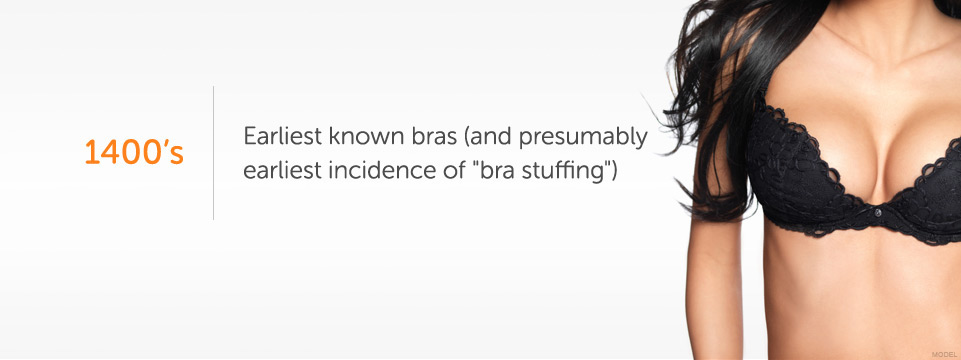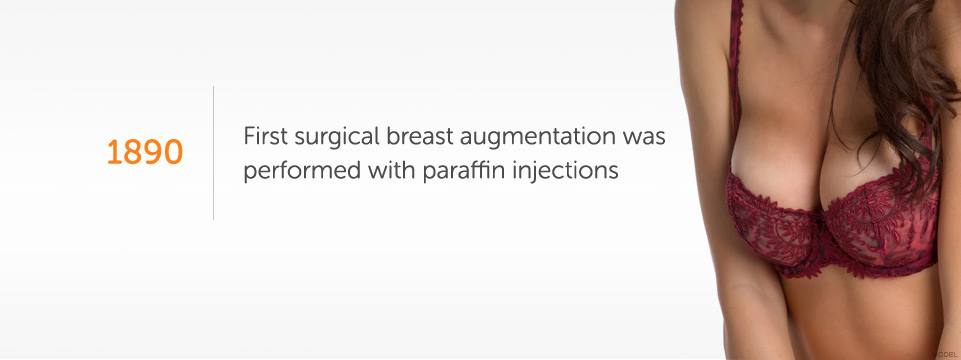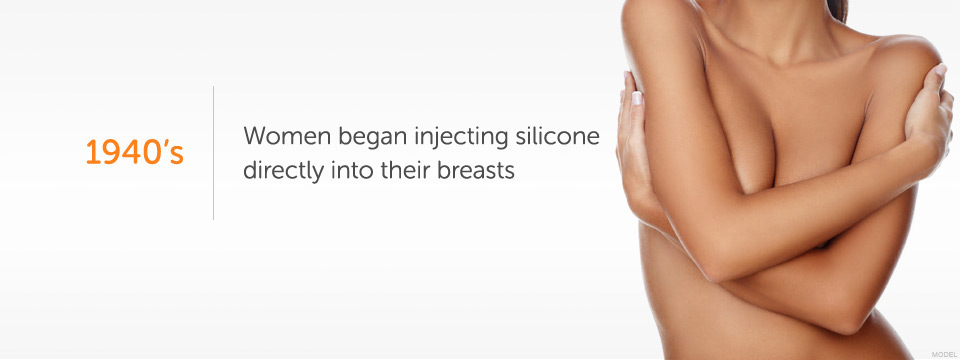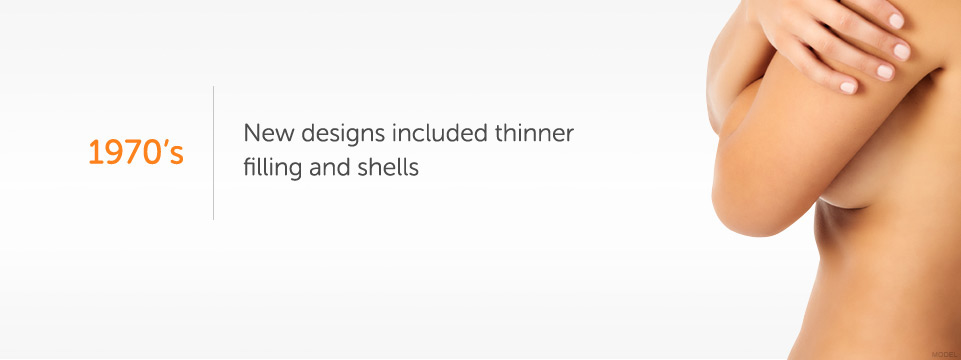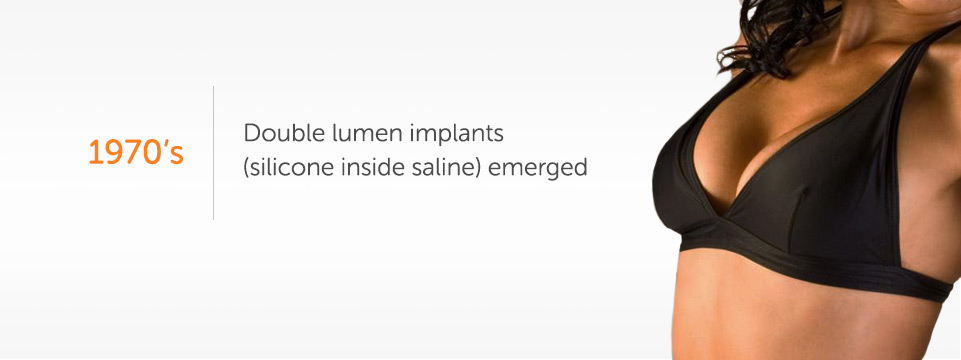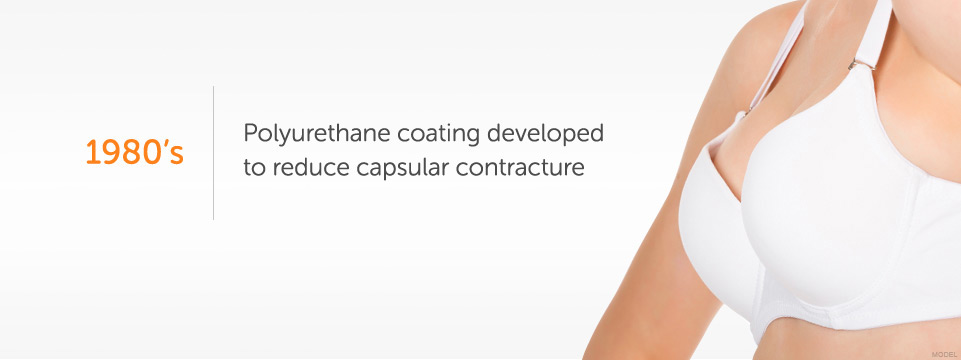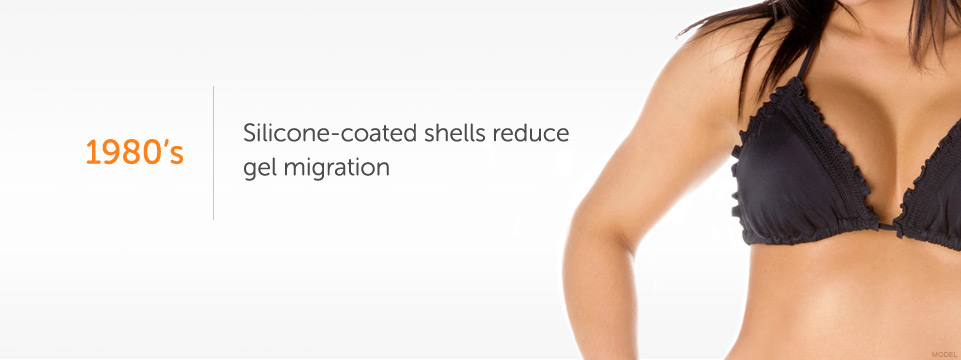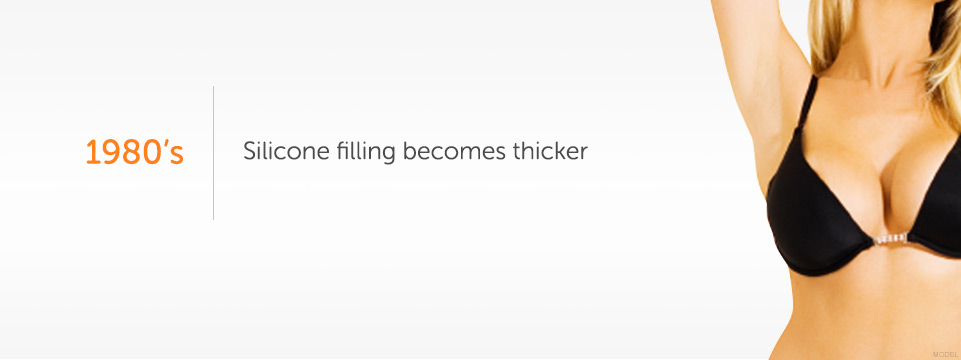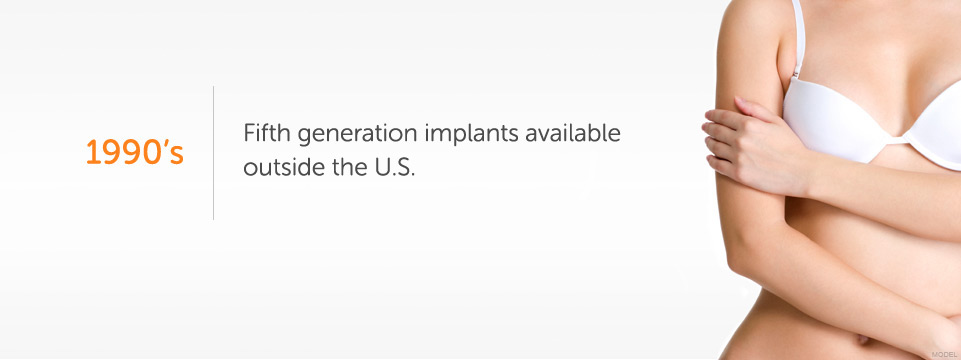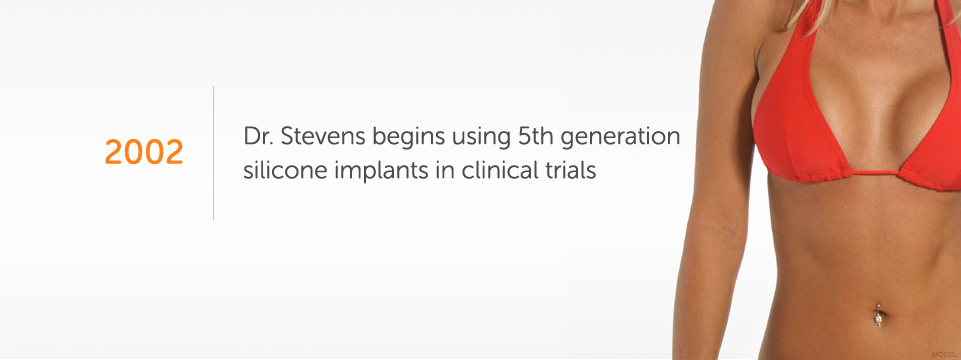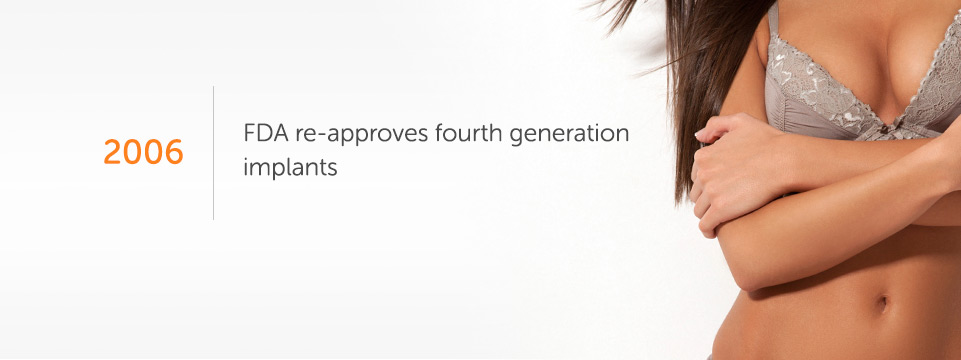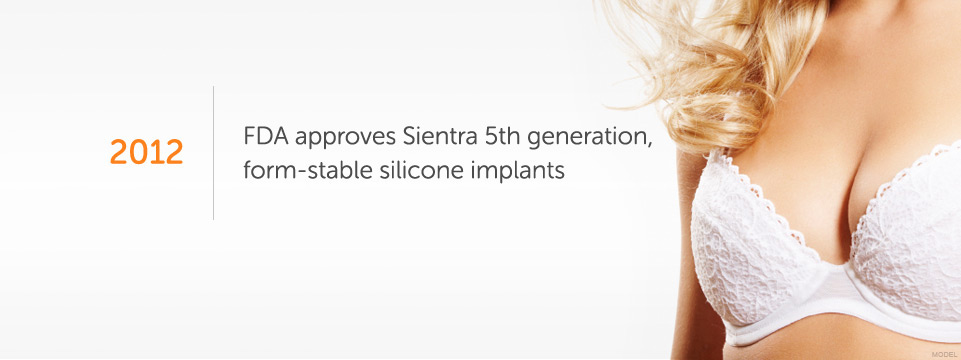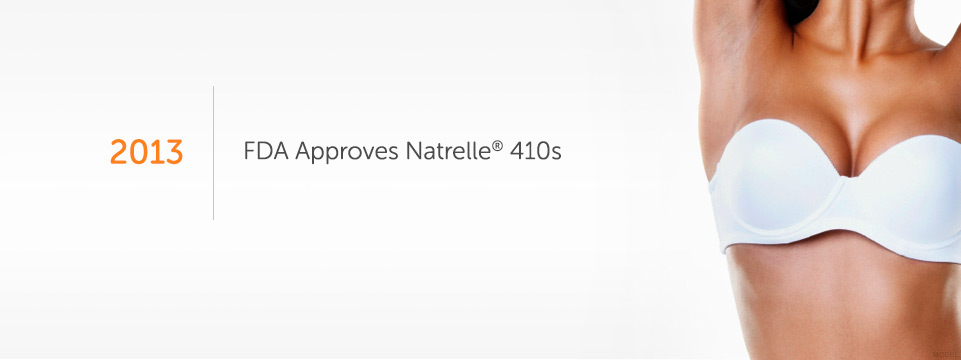Breast augmentation goes back more than a century, and has taken some interesting turns on the journey to today’s gummy bear breast implants. Some of the earliest attempts at enlarging the breasts involved materials such as paraffin, rubber, polymer sponges – even ivory and glass. During World War II, women began to inject liquid silicone directly into their breasts. That practice caught on for some time, at least among female entertainers.
The first silicone breast implants were developed by researchers at Dow Corning in 1961. This development touched off modern breast augmentation and was the foundation for ongoing improvement of the devices. Women in Europe and the rest of the world have had continuous access to silicone breast implants with few issues reported. In the United States, however, the story is a bit different.
To learn more about the cutting-edge implants available today receive a FREE consultation with one of our surgeons when you request your appointment online and schedule during select times they have set aside exclusively for Web visitors.
First Generation Silicone |
The silicone implant invented in 1961 by Dow Corning researchers Thomas Cronin, Frank Gerow and Tom Biggs became the foundation for the first generation of breast implants. The early devices had a seamed rubber shell filled with a viscous form of silicone gel. They were firm to the touch and had a teardrop shape. Interestingly, it was thought at the time that the implants needed to be attached to existing tissue in order to stay put, so these early models featured Dacron or silicone mesh patches for this purpose (these were later discontinued). During the several years Dow Corning made these implants they refined their design, creating a thinner, seamless shell, for example. |
Second Generation Silicone |
The main complaints about the first silicone implants were twofold – they were too firm to the touch and caused a high incidence of capsular contracture. As a result, the second generation of implants, designed in the early 1970’s, had thinner shells and more liquid silicone filling. These implants not only had a tendency to rupture, they also were found to leak silicone through their shells. These were the devices most often involved in the lawsuits that led to the fourteen-year ban by the FDA. Ironically, the incidence of capsular contracture did not seem to diminish with the new design. |
Third Generation Silicone |
The third generation of silicone breast implants, created in the 1980’s, included manufacturing improvements to the implant shells. The cover material was thickened and reinforced with silica to improve the wear and tear and to prevent silicone gel bleed. |
Saline Becomes the Only Option |
Bowing to pressure – and indeed a measure of hysteria – from a variety of groups, in 1992 the U.S. Food & Drug Administration banned the use of silicone implants in this country for all but reconstruction and revision patients. In late 2006, after considerable additional study, the FDA re-approved the devices for all women over the age of 22, finding no evidence that they cause disease.
During the 14 years that silicone implants were available only to a select few women in the U.S., saline implants became the devices of choice. Though saline implants have numerous cosmetic disadvantages and are not popular outside the U.S., they are a good option for a minority of patients. |
Fourth Generation Silicone |
In the fourth generation, which some people consider a later phase of the third generation, manufacturers began to use thicker, more cohesive silicone gel fillers. These are the implants from Allergan and Mentor which gained FDA approval in the United States in November 2006. |
Fifth Generation Silicone – A New Era |
The fifth generation is the one which spawned the term “gummy bear implants,” now used by many to describe all silicone implants on the market today. The silicone gel material is not just thick and cohesive, it’s what’s known as “form-stable,” as the manufacturer includes more of an agent called a “crosslinker” to create a gel that’s both solid and soft. Just like a gummy bear, the implants feel soft and pliant but bounce back from the touch. And when cut, the material retains its shape and does not leak.
The FDA approved the Sientra form-stable implants – the original gummy bears – in March of 2012 for breast augmentation in women 22 and older and reconstruction patients of any age. They are only available through board-certified plastic surgeons. The high-strength gel in these implants is the most cohesive of the U.S. options, and in a long term study performed by Dr. Stevens, demonstrated a lower complication rate than other models. The Natrelle® 410 implant from Allergan received FDA approval in February 2013. This shaped implant is the most-selected shaped gel implant in Europe and Canada. Gummy bears from Mentor are currently undergoing clinical trials in the United States though they have been widely available in Europe and elsewhere for years. These are anticipated to receive FDA approval in 2013, giving women improved options and results. The Mentor gummy bears are not currently on the market. Dr. Stevens has been using fifth generation silicone implants since 2002. |
Breast Augmentation Today |
Since their invention over 50 years ago, silicone breast implants have undergone continuous study and improvement by scientists, researchers and physicians. Development marched forward even during the years when the devices were subject to a ban in the United States – testament to the popularity of the implants with women who were able to get them (in Europe and under special circumstances in the U.S.) and the faith of researchers and manufacturers in the safety and superiority of silicone. |




